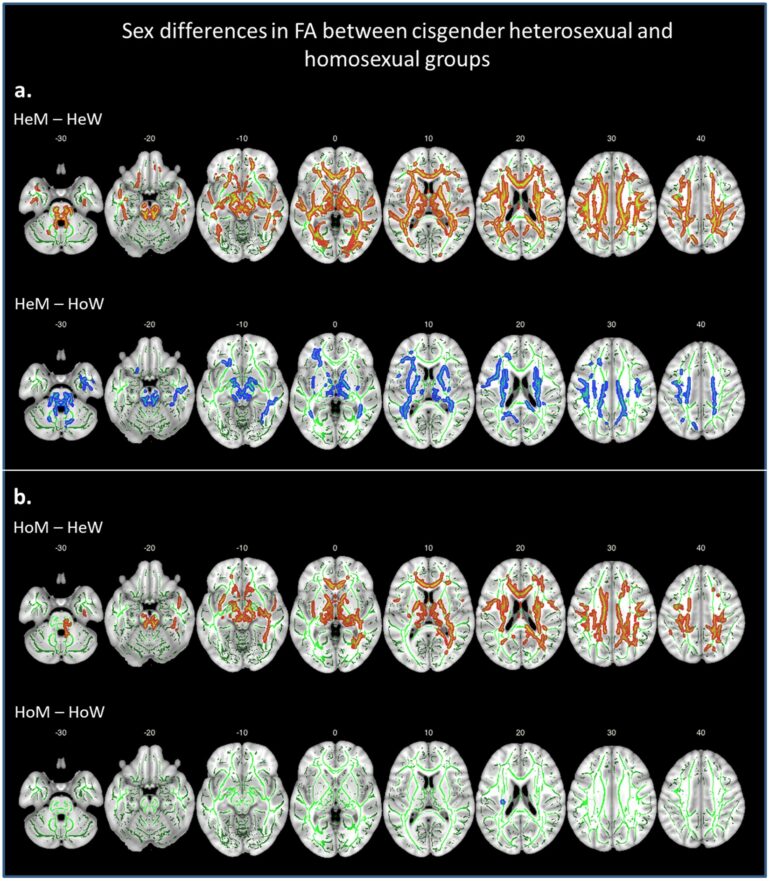A surprising buzzword in the U.S. Congress these days is “biological.”
In a now viral video, U.S. Rep. Nancy Mace of South Carolina was filmed taping a piece of paper with the word “biological” on it above a women’s restroom sign inside the Capitol building. This followed Mace’s introduction of two bills to limit the use of single-sex women’s facilities – first in the Capitol then on all federal properties – to members of the corresponding “biological sex.”
Mace’s Capitol bill claims that the presence of “biological males” in “restrooms, locker rooms, and changing rooms designed for women jeopardizes the safety and dignity” of “female” House members and employees.
What prompted this legislation, as U.S. Rep. Marjorie Taylor Greene of Georgia made clear, is just one person.
“Sarah McBride,” Greene told reporters, “is a biological man.”
But is she?
McBride, the representative-elect from Delaware, is the first out transgender person elected to Congress.
Neither Mace nor Greene offered any evidence for their claim that McBride is male. In fact, opponents of transgender rights in the United States are not really in agreement on what they even mean by “biological sex.”
And the world’s scientists aren’t either.
As a scholar of transgender history, I have written about the long history of gender-affirming care in the U.S. and the equally long history of backlash against it. Debates over trans rights frequently hinge on a central question about bodies: Is a transgender woman who has medically transformed her body still a “man,” or has her biological sex changed?
The answer is complicated.
Sarah McBride stated that she intends to focus on bringing down costs for families during her tenure in Congress.
A history of changing sex
In the modern era, the scientific concept of transgender – that there could be a perceived or felt difference between one’s psychological sex and their biological sex – dates back to at least the late 19th century. At that time, the very definition of sex itself was changing.
For centuries prior, sex was commonly determined through a simple visual inspection of anatomy: does a person have a penis or a vulva?
By the 1870s, however, scientific advancements in dissection and the study of intersex conditions led some researchers to posit a new definition of biological sex: one based on gonads – internal reproductive anatomy such as testes or ovaries – rather than external genitalia.
Herculine Barbin is an example of this shift. Assigned female at birth, Barbin was raised in 19th-century France as a girl. In her teenage years, a doctor discovered hidden testicles adjacent to her vaginal canal. Based on this internal anatomy, a court ruled Barbin’s sex must be reassigned to male. Her “true sex,” the court resolved, was gonadal.
As transgender medicine emerged as a…



